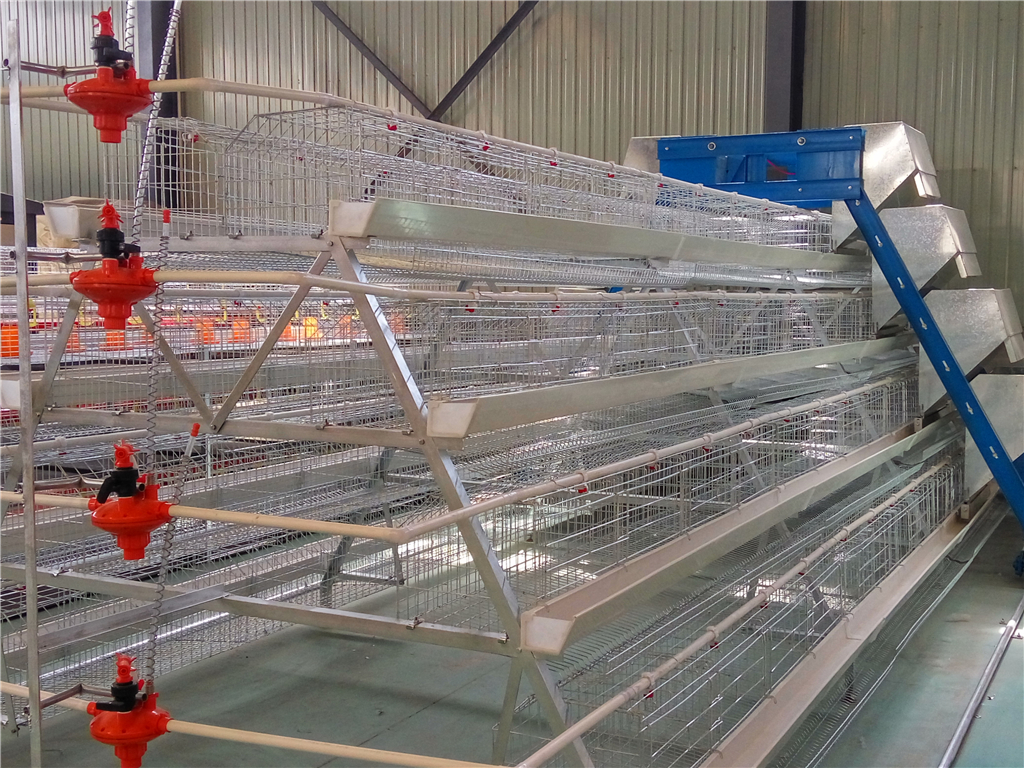Layer hens and their habitat in modern poultry farming
Oct . 16, 2024 23:10 Back to list
Layer hens and their habitat in modern poultry farming
The Layer Egg Chicken Cage An Insight Into Modern Poultry Farming
In recent years, the poultry industry has undergone significant transformations, driven by technological advancements and changing consumer demands. One of the most notable developments is the introduction of layer egg chicken cages, which have revolutionized the way eggs are produced. These cages, specifically designed for laying hens, play a crucial role in enhancing efficiency, ensuring animal welfare, and meeting the growing global demand for eggs.
Layer egg chicken cages are engineered systems that provide a controlled environment for hens to lay eggs. These cages are typically stacked in tiers and can house multiple birds, maximizing space utilization and production output. The design of these cages varies, but modern systems often include features such as automatic feeding, watering, and egg collection systems. This automation reduces the labor required for egg production and addresses biosecurity concerns by minimizing human contact with the birds.
One of the primary benefits of using layer cages is the increased egg production they facilitate. Hens in these cages tend to have a higher rate of egg-laying compared to those kept in traditional free-range systems. The controlled environment helps maintain optimal conditions for the hens, including temperature, lighting, and nutrition, which are critical for their well-being and productivity. As a result, farmers are able to meet the rising demand for eggs more efficiently and sustainably.
However, the welfare of hens in layer egg cages has been a contentious issue. Critics argue that confining hens to small spaces can lead to stress, injury, and reduced quality of life. In response to these concerns, many countries have implemented stricter regulations regarding the treatment of poultry. Some producers have transitioned to enhanced cages or cage-free systems that allow hens more space and the ability to engage in natural behaviors. These changes reflect a growing awareness of animal welfare issues among consumers, prompting farmers to adapt their practices accordingly.
layer egg chicken cage

Moreover, layer egg chicken cages contribute to biosecurity, an essential aspect of poultry farming. By keeping hens in a controlled environment, farmers can reduce the risk of disease transmission. Outdoor systems, while they may offer more freedom to the birds, expose them to various pathogens and pests. Layer cages minimize contact with potentially harmful elements, leading to healthier flocks and safer eggs for consumers. This biosecurity measure is particularly vital in an era where avian influenza and other diseases pose significant threats to poultry production.
Sustainability is another critical factor to consider in the discussion of layer egg chicken cages. As the world faces challenges related to population growth and climate change, the poultry industry must find ways to produce food more efficiently. Layer cages can contribute to sustainable practices by optimizing feed conversion ratios and reducing the overall environmental footprint of egg production. By concentrating production within a controlled environment, farmers can manage resources more effectively, leading to less waste and a lower impact on the planet.
Despite the advantages of layer egg chicken cages, it is essential to strike a balance between production efficiency and animal welfare. The industry is gradually evolving, with increasing pressures from consumers demanding ethically produced eggs. This shift has led to the emergence of alternative systems that provide hens with more space and opportunities to engage in natural behaviors while still maintaining efficient production levels.
In conclusion, layer egg chicken cages represent a significant advancement in modern poultry farming. They enhance egg production, improve biosecurity, and can contribute to sustainability efforts. However, with the growing emphasis on animal welfare, the industry must continue to adapt and innovate. The challenge lies in finding solutions that satisfy both consumers’ demands for ethical treatment of animals and the necessity for efficient food production. As we move forward, a collaborative approach between farmers, consumers, and regulators will be vital in shaping the future of poultry farming, ensuring that it remains both productive and humane.
-
Automatic Feeding Line System-Pan Feeder Nipple Drinker|Anping County Yize Metal Products Co., Ltd.
NewsJul.29,2025
-
Hot Sale 24 & 18 Door Rabbit Cages - Premium Breeding Solutions
NewsJul.25,2025
-
Automatic Feeding Line System Pan Feeder Nipple Drinker - Anping County Yize Metal Products Co., Ltd.
NewsJul.21,2025
-
Automatic Feeding Line System Pan Feeder Nipple Drinker - Anping County Yize Metal Products Co., Ltd.
NewsJul.21,2025
-
Automatic Feeding Line System - Anping Yize | Precision & Nipple
NewsJul.21,2025
-
Automatic Feeding Line System - Anping Yize | Precision & Nipple
NewsJul.21,2025






